25 Years of WagonR: From Middle-class Aspiration to Ola & Uber Journey
Published On 18/12/2024, 10:35:32 am Author Nitesh YadavWith little to no competition, Maruti Suzuki dominated the Indian hatchback car market, making the 800 the undisputed bestseller since 1985. But everything changed in 1998 when Hyundai entered the scene with the Santro. Santro was fairly taller than 800 and Zen and the Brand Ambassador was King of Bollywood, Shahrukh. WagonR was Maruti's answer to Hyundai's Santro. Let's understand how it dominated the market.

Maruti's 800 was a game-changer in the Indian automotive industry. It overtook the markets of the Ambassador and Mahindra Jeep, turning the dream of owning a car into a reality for Indian families. For over a decade, the Maruti 800 ruled the roads, with no real competition in sight.
But in 1998, Hyundai arrived in India with the Santro, and things started to shift. It was a tall-boy hatchback that offered more headroom, better dimensions, and a modern, premium feel. What made it irresistible was Hyundai’s decision to bring Shah Rukh Khan on board as their brand ambassador. With movies like Baadshah and Phir Bhi Dil Hai Hindustani topping the charts, SRK’s charm blended perfectly with the Santro’s image, making it the middle-class aspiration of the late '90s.
Maruti Suzuki had a premium option in its lineup—the Zen—but it didn’t stand a chance against Santro’s spacious design and hype. Realizing the threat, Maruti played its trump card: it introduced the Japanese Kei car, WagonR, to the Indian market.
The WagonR broke conventional car design norms. Its tall-boy structure was functional yet quirky, offering unmatched cabin space and practicality. Indian buyers quickly warmed up to its fuel efficiency, affordable maintenance, and overall reliability. By the time Hyundai began expanding its network across the country, Maruti had already leveraged its established dealership and service centers.
The biggest advantage of the WagonR was its accessibility. With Maruti’s extensive network, you could find a mechanic in almost any Indian city or town, making the WagonR an easy choice for middle-class families.
WagonR 1st gen 1999
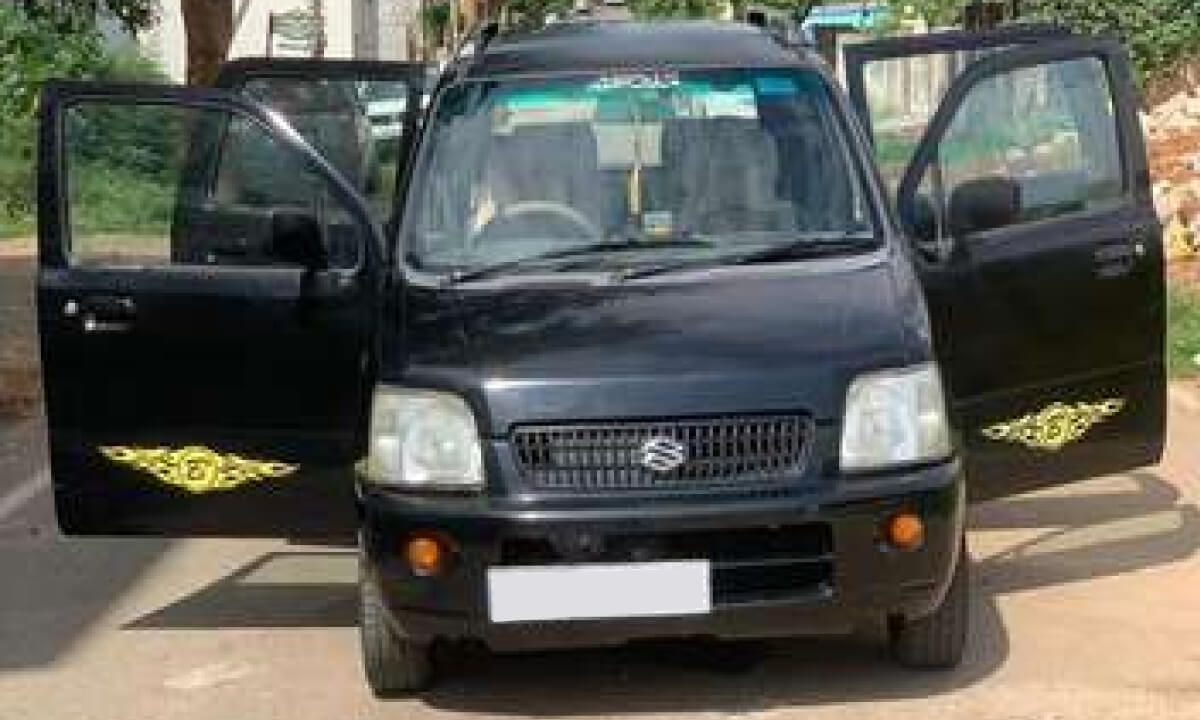 The car was powered by Suzuki's 1.1-litre F10D petrol engine, which produced 64 bhp (48 kW) at 6,200 rpm and 84 N⋅m (62 lb⋅ft) of torque at 3,500 rpm.
The car was powered by Suzuki's 1.1-litre F10D petrol engine, which produced 64 bhp (48 kW) at 6,200 rpm and 84 N⋅m (62 lb⋅ft) of torque at 3,500 rpm.
WagonR 1st gen facelift 2003
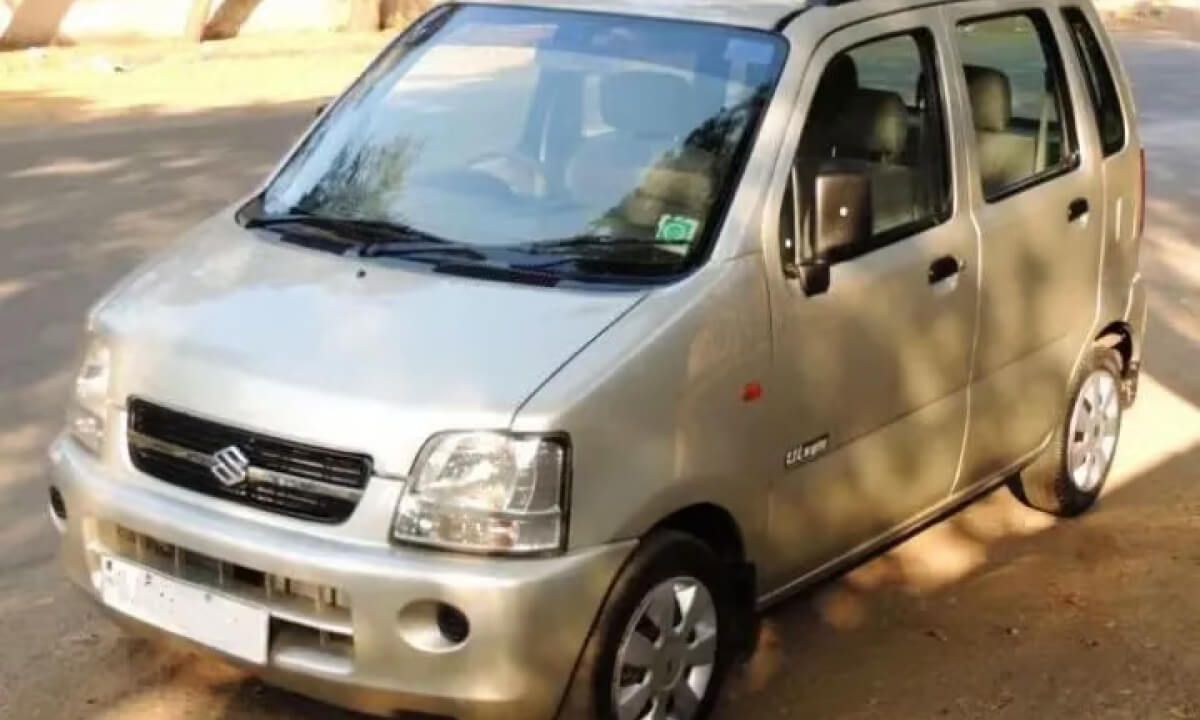 Maruti gave the WagonR a facelift in 2003, keeping up with the trend of clear-lens tail lamps, which were becoming popular at the time for their modern and updated look. Along with this, the facelift included a chrome line on the grille and body-coloured bumpers, adding a more refined touch to the car's design.
Maruti gave the WagonR a facelift in 2003, keeping up with the trend of clear-lens tail lamps, which were becoming popular at the time for their modern and updated look. Along with this, the facelift included a chrome line on the grille and body-coloured bumpers, adding a more refined touch to the car's design.
WagonR 1st gen 2nd facelift 2006
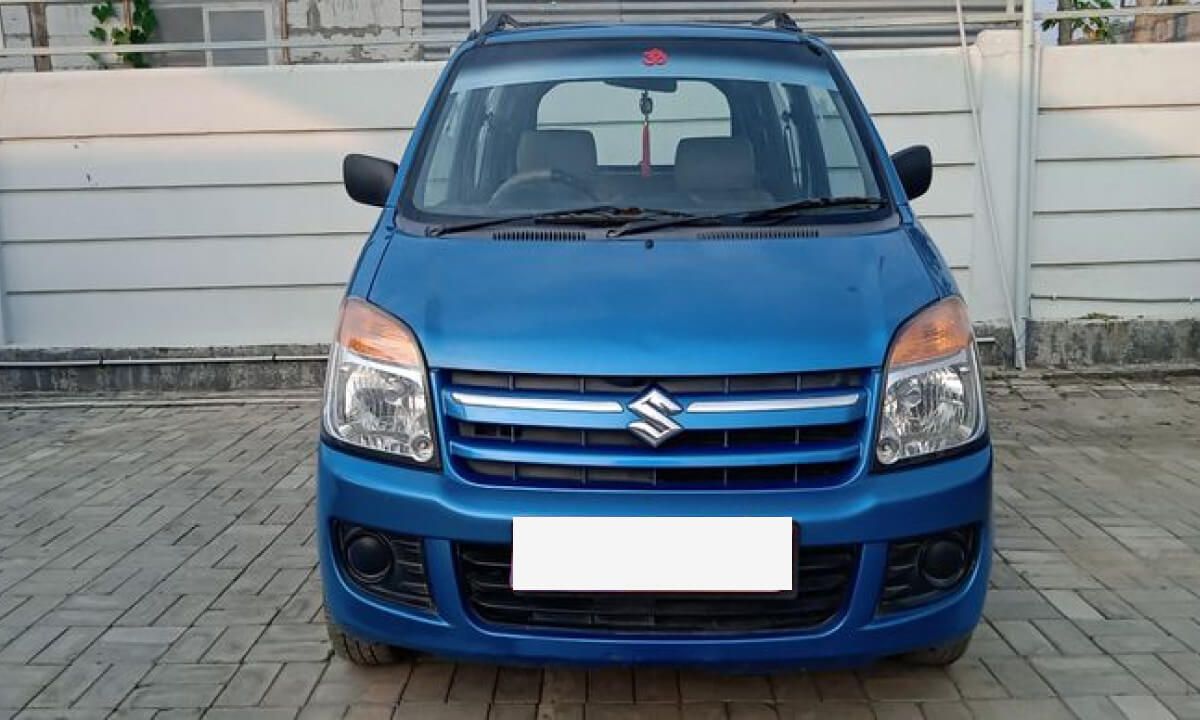 In 2006, Maruti introduced a second facelift for the WagonR, which brought a significant update to its design. The front and rear fascia were completely revamped, giving the car a more modern and sophisticated look. The interiors also saw a refresh, with improved materials and features that added a touch of elegance to the cabin.
In 2006, Maruti introduced a second facelift for the WagonR, which brought a significant update to its design. The front and rear fascia were completely revamped, giving the car a more modern and sophisticated look. The interiors also saw a refresh, with improved materials and features that added a touch of elegance to the cabin.
Maruti also introduced the WagonR in vibrant new colors, making it more appealing to younger buyers. The unique Ocean Blue—a turquoise-like shade—that truly stood out. Ocean Blue, in particular, became the signature color of the WagonR, giving it a distinct identity on the roads and making it instantly recognizable.
WagonR 2nd Gen 2010
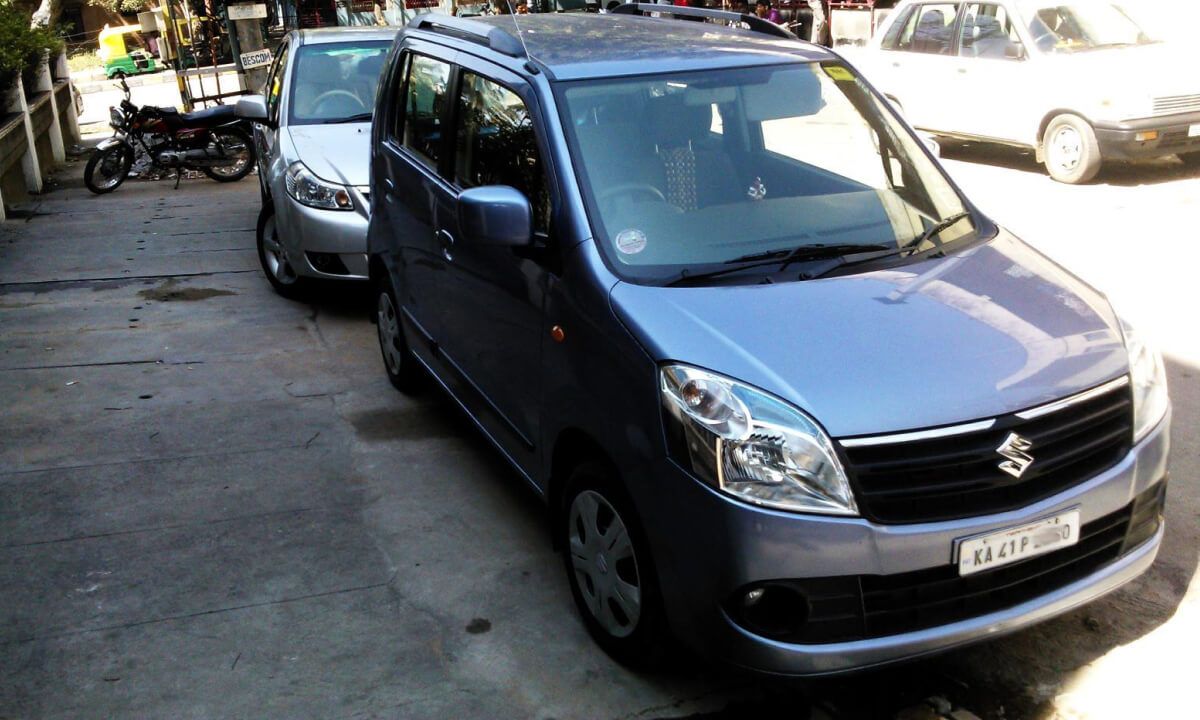 In 2007, Maruti introduced the Estilo by rebranding the Zen as the Zen Estilo. This was positioned as a more feminine and modern version of the WagonR 1st Gen, aimed at appealing to a different audience. However, the WagonR remained true to itself—its reputation for trust, practicality, and familiarity made it a favorite among Indian families. While the Estilo brought a new design, WagonR's established identity ensured it continued to dominate the market.
In 2007, Maruti introduced the Estilo by rebranding the Zen as the Zen Estilo. This was positioned as a more feminine and modern version of the WagonR 1st Gen, aimed at appealing to a different audience. However, the WagonR remained true to itself—its reputation for trust, practicality, and familiarity made it a favorite among Indian families. While the Estilo brought a new design, WagonR's established identity ensured it continued to dominate the market.
The Estilo was also strategically introduced to phase out the Zen, as the latter's practicality had begun to diminish, especially with the Alto already capturing a significant portion of the small-car segment. Yet, the Zen held a special place in India's heart—a car that was loved for its sporty charm and personality. Maruti attempted to keep the Estilo relevant by introducing a facelift in 2009, powered by the efficient K-series engine.
The same K-series engine was carried over to the second-generation WagonR, which launched shortly after. The new WagonR was a complete overhaul, offering a fresh design while retaining its core values of practicality and reliability. Priced lower than the Maruti Ritz, the second-gen WagonR delivered a premium vibe with its updated interiors and modern features, making it an excellent value-for-money option in its segment. This generation not only continued the WagonR legacy but also cemented its place as a top choice in the Indian hatchback market.
WagonR 2nd Gen facelift 2013 - सर मुंडवाते ही ओला (OLA- pun intended) पड़ा
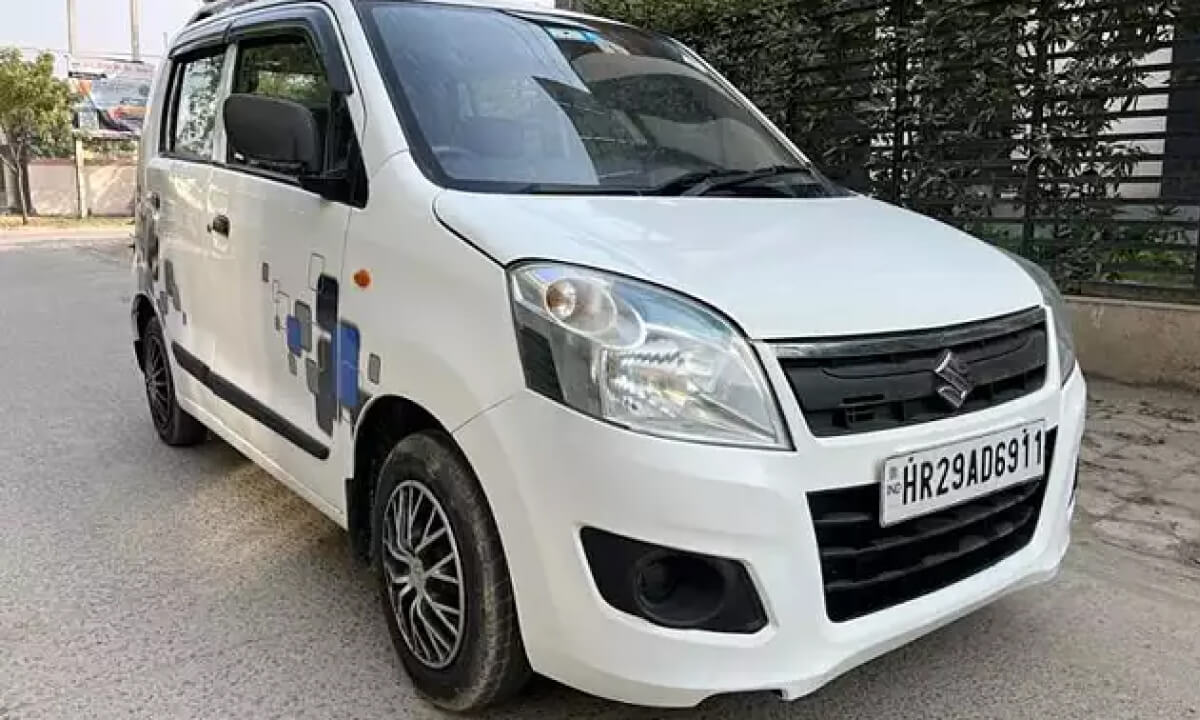 In 2013, when Maruti introduced the facelifted version of the 2nd Gen WagonR, no one could have predicted the legacy this humble hatchback was about to build. With sleek updates to its front grille, revised bumpers, and subtle interior enhancements, the facelift appeared to be just another mid-cycle refresh to keep the car relevant. But little did anyone know, the WagonR was about to enter a new chapter—one that would define its identity as India’s National Cab.
In 2013, when Maruti introduced the facelifted version of the 2nd Gen WagonR, no one could have predicted the legacy this humble hatchback was about to build. With sleek updates to its front grille, revised bumpers, and subtle interior enhancements, the facelift appeared to be just another mid-cycle refresh to keep the car relevant. But little did anyone know, the WagonR was about to enter a new chapter—one that would define its identity as India’s National Cab.
Two years later, with the rise of cab-hailing services like Ola and Uber in India, the WagonR found a new purpose. Its unmatched practicality, low running costs, and ample cabin space made it the perfect choice for fleet operators. Soon, the WagonR became as synonymous with modern cab services as the Premier Padmini once was with Mumbai’s iconic kaali-peeli taxis or the Ambassador with Kolkata’s yellow cabs.
The WagonR evolved from being just a car to becoming the very symbol of modern, affordable cabs in India. This transformation didn’t go unnoticed in India’s meme and stand-up comedy scene either. Friends would often tease WagonR owners with quips like, “Bhai, OTP likho,” whenever they showed up in their car. And if someone bought a WagonR, the playful remark was bound to be, “Mubarak ho, Ola hua hai!”
WagonR 3rd Gen 2019
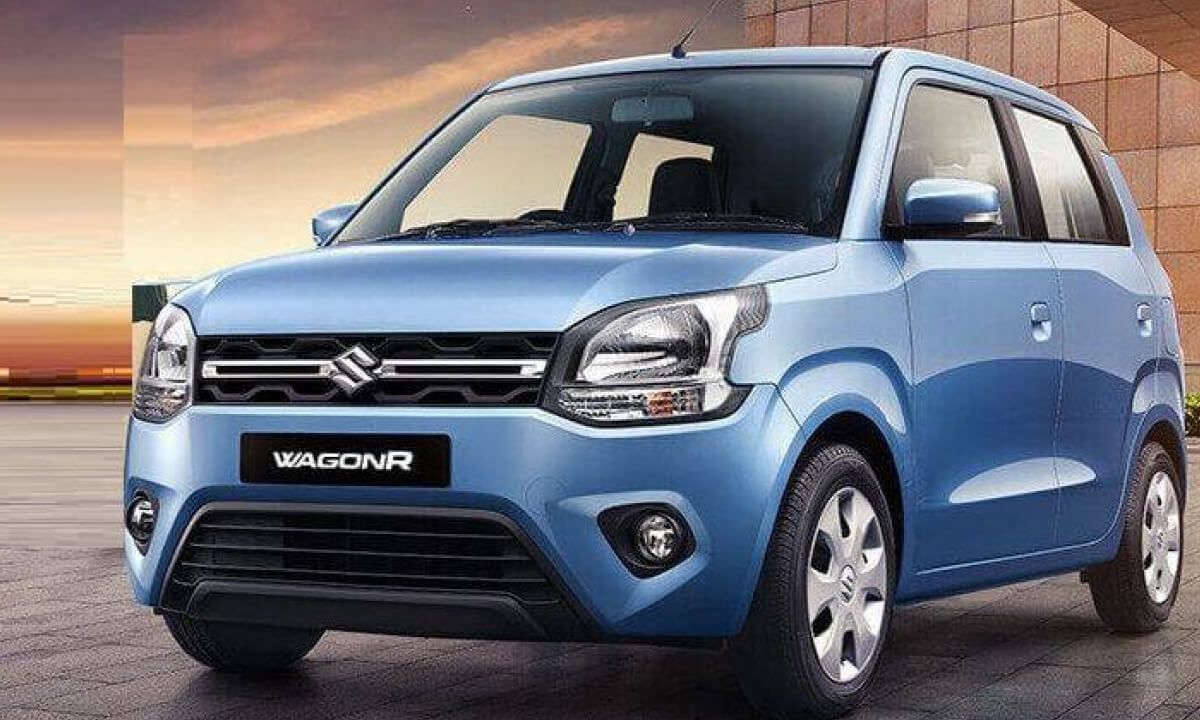 The 3rd generation WagonR, launched in 2019, was built on Suzuki’s Heartect platform, which is known for its lightweight structure and improved rigidity, contributing to better handling and safety. This new platform allowed the WagonR to grow in size, with overall dimensions increasing to 3655 mm in length, 1620 mm in width, and 1675 mm in height. The wheelbase also grew to 2435 mm, providing more cabin space and improved comfort compared to its predecessors.
The 3rd generation WagonR, launched in 2019, was built on Suzuki’s Heartect platform, which is known for its lightweight structure and improved rigidity, contributing to better handling and safety. This new platform allowed the WagonR to grow in size, with overall dimensions increasing to 3655 mm in length, 1620 mm in width, and 1675 mm in height. The wheelbase also grew to 2435 mm, providing more cabin space and improved comfort compared to its predecessors.
The design was more modern, with sharper lines and a bolder front fascia, while the interiors were refined with upgraded materials, a larger touchscreen infotainment system, and better ergonomics. It also introduced safety features like dual airbags, ABS with EBD, and rear parking sensors, making it significantly safer than earlier versions.
Despite these updates, the WagonR still carried its connection to the Ola and Uber cab services, with its spaciousness and fuel efficiency making it a popular choice among fleet operators. Even though it had evolved into a more premium offering, the car continued to be associated with cabs.
Nevertheless, the 3rd-gen WagonR has maintained its position as one of India’s best-selling hatchbacks, often appearing in the top 10 on the monthly sales charts. It remains a favored choice for cab operators but has also managed to appeal to a broader customer base, balancing its commercial success with personal use.
















